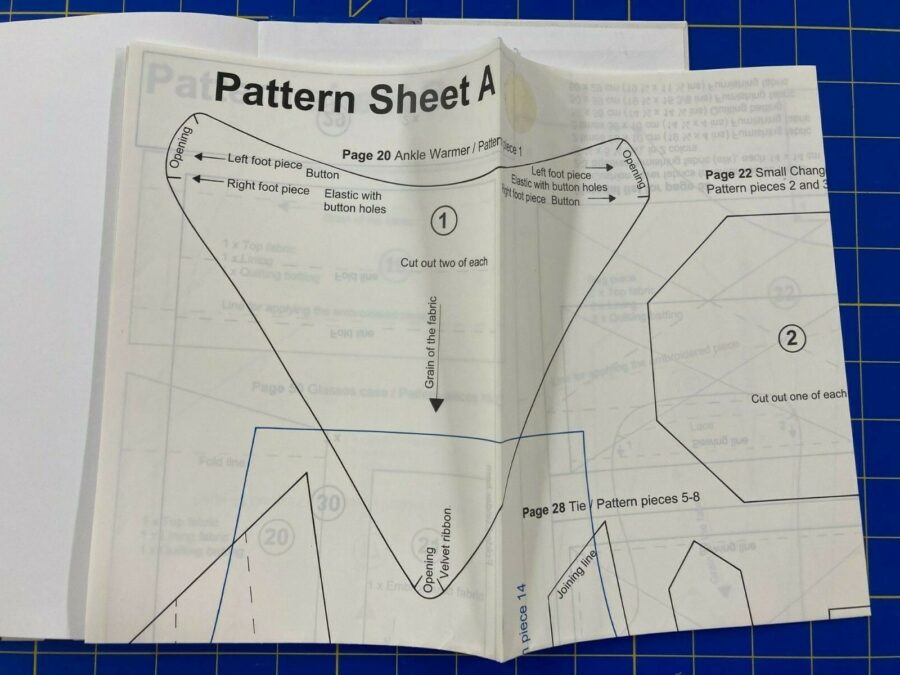Ever found yourself getting frustrated because your embroidery designs are off-center? We’ve all been there, and I, Luna, was no exception when I started! Over time, I learned some hacks to ensure my designs align just right, even without high-tech embroidery machines. Let me share some of my tried-and-true tips with you.
1. Mastering the Basics: Finding the True Center
It’s crucial to understand that the markings on your embroidery hoop might not be the exact center for embroidery. Therefore, it’s a game-changer to identify the real center of your hoop’s area. This becomes even more crucial when your design is as big as the embroidery field. Getting it wrong means rehooping the fabric rather than adjusting on the machine.
Case in Point: My Brother embroidery machine’s hoop came with a plastic template showing the exact embroidery area. But, the vertical center was almost 3/8” different from the hoop’s notch. The hack? Use the template’s grid center, not the hoop’s. For ease, mark your hoop’s true center with a permanent marker or nail polish. Handy, right?
2. Decoding Design Location Standards
If you’re wondering about the general guidelines for design placement on various blanks, there are several guides like the All Stitch Embroidery Placement Guide and the Embroidery Library’s Placement Chart. Remember, these are suggestions. Trust your creativity!
3. Tools That Simplify Placement
There are fantastic tools available for those who don’t want the hassle of measuring every time. My top recommendation is the Perfect Placement Kit. It has amazing templates that indicate design placement based on industry norms. For those focusing on t-shirts, consider the Embroidery Placement Ruler or the Embroiderer’s Helper. These tools are lifesavers, especially for bulk projects!
4. Additional Design Placement Hacks
A simple ruler or measuring tape can come in handy. Alternatively, use the plastic template over your blank, marking the grid’s center lines. For a centered design, folding a blank, like a t-shirt, in half can give you a center crease. Need a visual of your design on the blank? Print a template! Ensure the template has grid and center lines for accurate placement. Place the printed template on your blank, tape it, and it’ll guide your hooping.
5. Marking Techniques for Embroidery Blanks
When you’ve settled on design placement, mark the spot! My go-to tools are water- or air-soluble fabric marking pens, chalk wheels for dark fabrics, and embroidery target stickers. If using stickers, the arrow should point upwards. And remember, longer marking lines help in aligning with the hoop’s center.
6. Secrets for Perfect Hooping
I always aim to hoop the fabric. The key is aligning the design’s marked center with the hoop’s center. A useful trick is to stick the stabilizer to the blank with Odif 505 before hooping. And if you’re just starting, tape the plastic template on your blank’s front to guide you. Modern machines allow for design adjustments even if hooping isn’t perfect, thanks to the machine’s interface.
7. Floating Fabric: How to Get It Right
If you’re floating fabric on stabilizer, mark the embroidery area’s center first. Fold the blank in half and align it with the marked line. Then, spread the fabric across the stabilizer. My favorite for this is the sticky, self-adhesive tear-away stabilizer.
8. Centering on the Embroidery Machine
If you miss centering your design in the hoop, don’t fret! Today’s machines have touchscreens to adjust the hoop’s movement, ensuring the needle aligns with your marked blank’s center. For example, with my Brother machine, I use the “Move” feature after loading the design. Also, remember to remove any templates before starting, and double-check your design’s orientation on the machine.
| Key Takeaways |
|---|
| Find the true center of your embroidery hoop. |
| Use available design placement guides for standard placements. |
| Consider specialized placement tools for consistency. |
| Mark the design spot accurately on the blank. |
| Perfect your hooping technique for better results. |
| Utilize modern machine interfaces for adjustments. |

